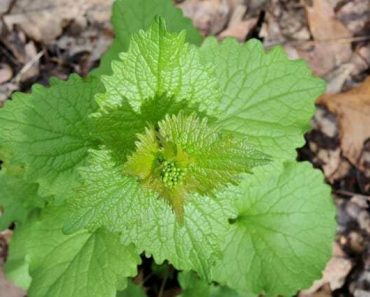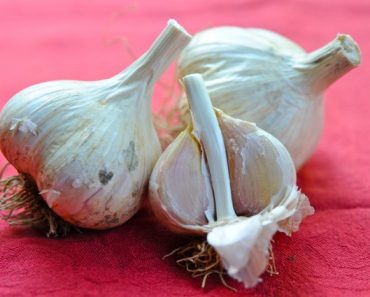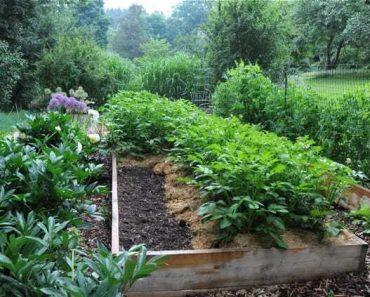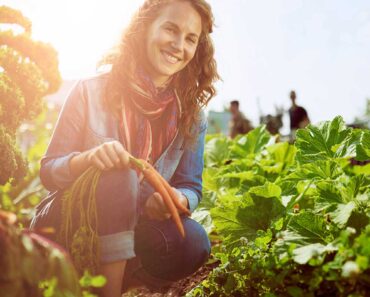The United States Department of Agriculture (USDA) has recently released its latest garden zone map, and the results are in: our climate is getting warmer. This updated map, which serves as a crucial guide for gardeners across the country, shows a noticeable shift in plant hardiness zones.
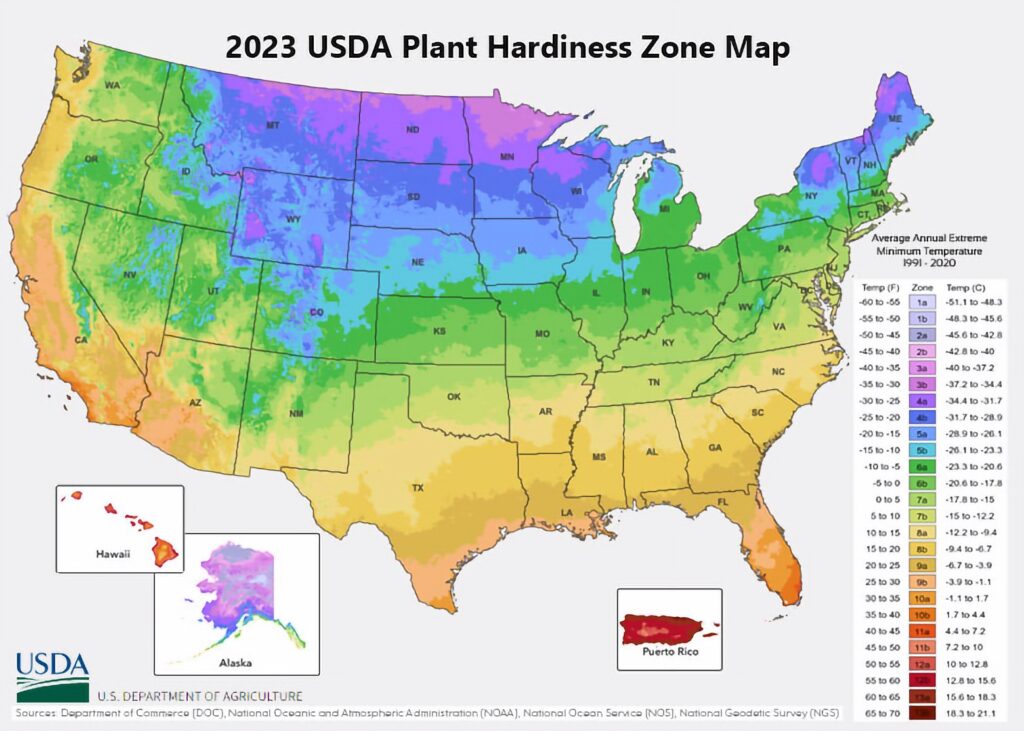
This shift not only affects what we can grow but also offers compelling evidence of our changing climate.
- In this article, we will delve into what these changes mean for gardeners, farmers, and anyone interested in the environment.
Understanding the USDA Garden Zone Map
The USDA garden zone map is a vital tool for gardeners, landscapers, and farmers alike. It divides the United States into 13 zones based on average annual minimum winter temperatures. Each zone is further divided into “a” and “b” subzones to provide even more specific guidance.
For decades, this map has helped people determine which plants are most likely to thrive in their region. However, with the latest update, many zones have shifted northward, indicating that areas once too cold for certain plants are now becoming suitable habitats.
The Science Behind the Shifts
The driving force behind these changes is an increase in average temperatures due to climate change. According to the National Oceanic and Atmospheric Administration (NOAA), the last decade was the warmest on record. This warming trend is altering weather patterns, extending growing seasons, and shifting hardiness zones.
Warmer winters mean that plants which were previously confined to southern regions can now survive further north. Conversely, some plants accustomed to cooler climates may struggle to adapt to warmer conditions.
What This Means for Gardeners
For home gardeners, these changes bring both opportunities and challenges. On the one hand, you may now be able to grow plants that were previously unsuitable for your region. Exotic fruits like pomegranates or figs could become viable options for northern gardens. Additionally, longer growing seasons could mean more bountiful harvests.
However, these benefits come with caveats. Warmer temperatures also mean that pests and diseases once confined to warmer regions may start appearing in your garden. You may need to adopt new pest management strategies or select more resilient plant varieties.
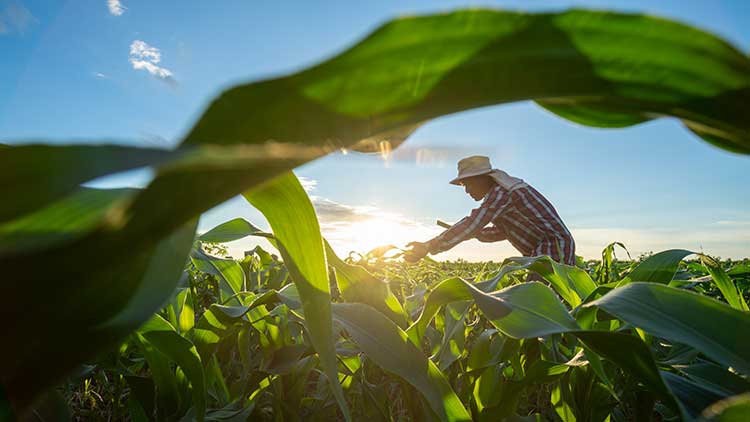
Adapting Your Garden Plan
Given these shifts, it’s essential to revisit your garden plans. Here are some tips to help you adapt:
1. Update Your Plant Selection: Consult the new USDA garden zone map and choose plants suited for your updated zone. Look for varieties known for their resilience to temperature fluctuations.
2. Diversify Your Plantings: Plant a mix of species to create a more resilient garden ecosystem. Diversity can help buffer against pest outbreaks and disease.
3. Monitor Soil Health: Warmer temperatures can affect soil composition and moisture levels. Regularly test your soil and amend it as needed to maintain optimal growing conditions.
4. Extend Your Growing Season: Take advantage of longer growing seasons by starting seeds indoors earlier or using season extenders like row covers and cold frames.
5. Stay Informed: Keep up with local agricultural extensions or gardening groups for advice tailored to your specific region.
Implications for Farmers
For farmers, the stakes are even higher. Shifts in hardiness zones can affect crop yields, pest pressures, and overall farm management practices.
1. Crop Selection: Just like home gardeners, farmers may need to reconsider their crop choices. Warmer temperatures might make it feasible to grow crops that were once marginal in their area.
2. Pest Management: New pests may emerge as climates warm. Integrated Pest Management (IPM) strategies will become increasingly important.
3. Water Use: Changes in precipitation patterns can affect water availability. Efficient irrigation systems and water conservation practices will be crucial.
4. Soil Management: Warmer temperatures can alter soil organic matter decomposition rates and nutrient availability. Regular soil testing and appropriate amendments will be key.
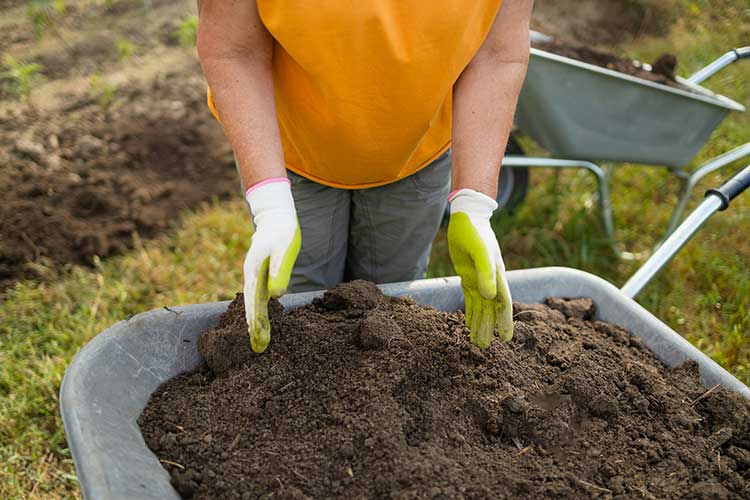
Broader Environmental Impacts
The shifting garden zones are more than just a gardening concern; they are a clear indicator of broader environmental changes with significant implications:
1. Biodiversity: As plant zones shift, so too do the habitats of various wildlife species that depend on specific plants for food and shelter.
2. Forest Composition: Tree species distributions are changing, which could affect forest ecosystems’ health and biodiversity.
3. Water Resources: Changes in temperature and precipitation patterns impact water cycles, affecting everything from river flows to groundwater recharge rates.
4. Human Health: Increased temperatures can exacerbate heatwaves and air quality issues, impacting public health.
Taking Action
While these changes are concerning, they also present an opportunity for proactive adaptation:
1. Sustainable Practices: Adopting sustainable gardening and farming practices can help mitigate some of the negative impacts of climate change.
2. Education: Educating yourself and your community about these changes can lead to more informed decisions and collective action.
3. Policy Advocacy: Support policies aimed at reducing greenhouse gas emissions and promoting sustainable land use practices.
4. Community Engagement: Join local gardening clubs or environmental groups to share knowledge and resources.
Conclusion
The latest USDA garden zone map is more than just a tool for gardeners; it is a wake-up call about our warming climate’s tangible effects on our daily lives. By understanding these changes and adapting accordingly, we can continue to cultivate thriving gardens while contributing to broader efforts to combat climate change.
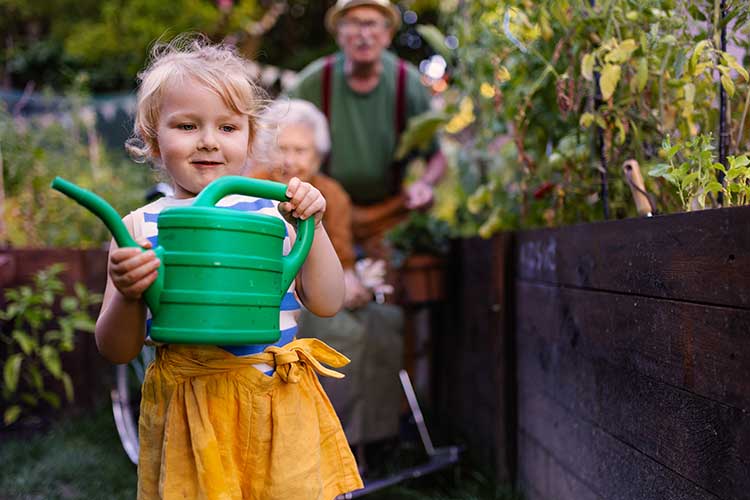
Whether you’re a seasoned gardener or just starting out, staying informed and flexible will be key as we navigate this new landscape together.
So grab your trowel, update your garden plans, and let’s grow something beautiful in this changing world!

